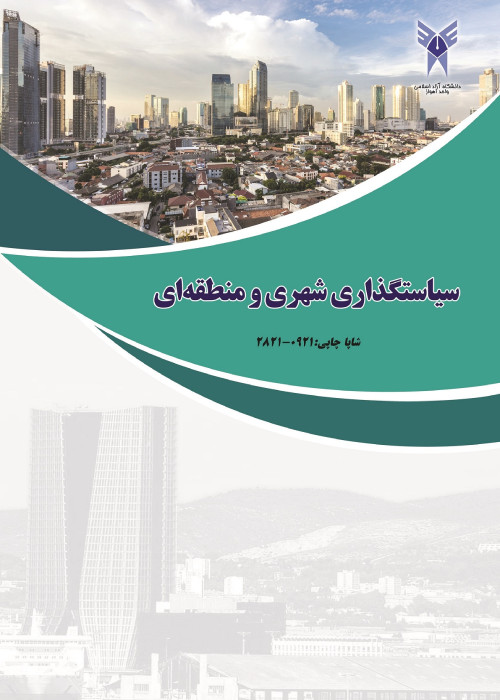The role of environmental psychology knowledge in the design of airport passenger terminals
Author(s):
Article Type:
Research/Original Article (بدون رتبه معتبر)
Abstract:
The environment is built for human activities, so planning in the design of the airport passenger terminal must understand and consider the nature of the environment, behavior, needs, and comfort of consumers. This research aims to spread knowledge between the two fields of environmental psychology and Architectural design of airport terminals so that those present at the airport terminal have more interaction with the environment. The sub-goal is to investigate the physical factors and components affecting spatial behavior and to find appropriate strategies to improve the quality of the terminal structure. The research method is applied in terms of purpose, in terms of technique is qualitative research that uses the content analysis method. By analyzing the texts in the fields of environmental psychology and architectural design of airport terminals, design priorities, and the way of human perception of the terminal environment are discovered and solutions are proposed. Data collection is based on documentation. The general steps include identifying the problem, finding the question and purpose, defining the topics, coding and categorizing, analyzing and finding the results, and finally preparing the report. The results showed that in the two-way relationship between the environment and humans, marking enhances the capability of the environment and is important to create a sense of belonging to the terminal, navigation, identify the environment and predict the space when the environment is unfamiliar to the passenger. Combining the physical space and environment responds to human behaviors and supports social interaction in the design of the airport terminal. The right to choose and ensure individual independence is calibrated through guidance and routing. Architectural details are important in guiding humans, and to influence behaviors, different camps, and behavioral locations can be designed and created by changing lighting, type of texture, materials, and changes in the surrounding environment.
Keywords:
Language:
Persian
Published:
Journal of Urban and Regional Policy, Volume:1 Issue: 3, 2022
Pages:
38 to 57
magiran.com/p2577559
دانلود و مطالعه متن این مقاله با یکی از روشهای زیر امکان پذیر است:
اشتراک شخصی
با عضویت و پرداخت آنلاین حق اشتراک یکساله به مبلغ 1,390,000ريال میتوانید 70 عنوان مطلب دانلود کنید!
اشتراک سازمانی
به کتابخانه دانشگاه یا محل کار خود پیشنهاد کنید تا اشتراک سازمانی این پایگاه را برای دسترسی نامحدود همه کاربران به متن مطالب تهیه نمایند!
توجه!
- حق عضویت دریافتی صرف حمایت از نشریات عضو و نگهداری، تکمیل و توسعه مگیران میشود.
- پرداخت حق اشتراک و دانلود مقالات اجازه بازنشر آن در سایر رسانههای چاپی و دیجیتال را به کاربر نمیدهد.
In order to view content subscription is required
Personal subscription
Subscribe magiran.com for 70 € euros via PayPal and download 70 articles during a year.
Organization subscription
Please contact us to subscribe your university or library for unlimited access!



